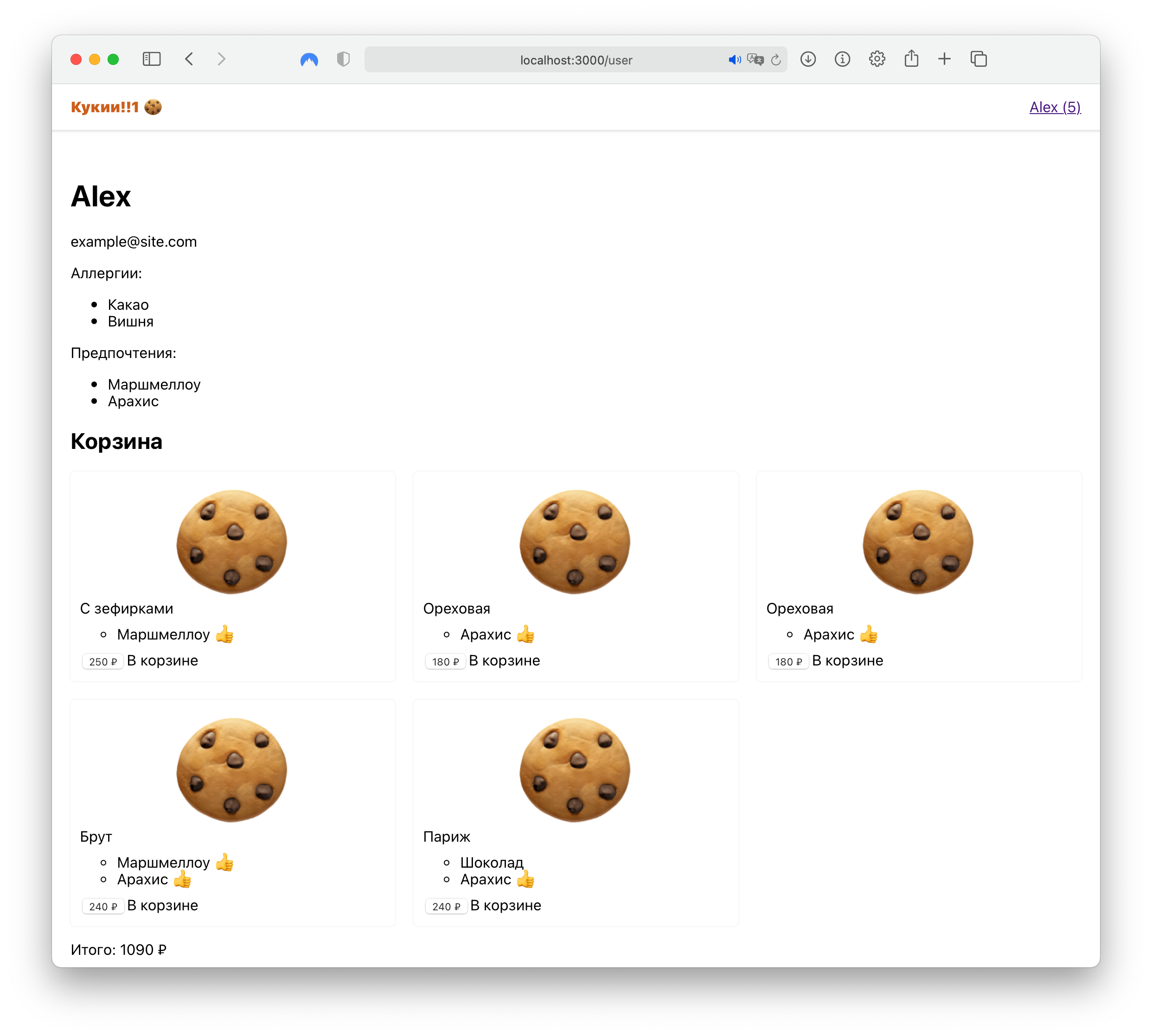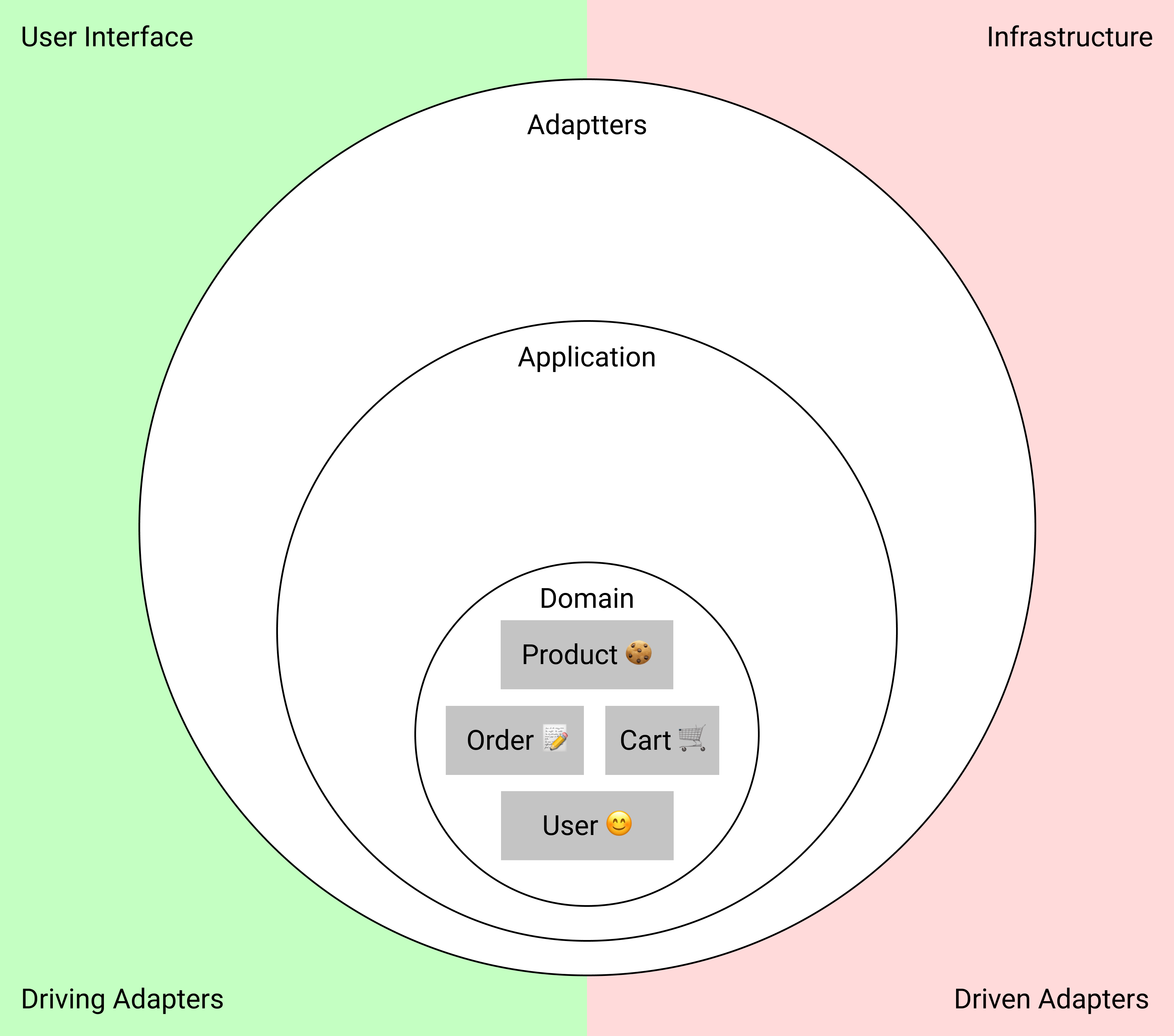Clean Architecture

What clean architecture is, what it is useful for and how to use it on frontend.
My name is Alex.
I am a developer, mentor, and speaker.
Designing is fundamentally about taking things apart... in such a way that they can be put back together. ...Separating things into things that can be composed that's what design is.


Most important:







export type UserName = string;export type User = {id: UniqueId;name: UserName;email: Email;preferences: Ingredient[];allergies: Ingredient[];};


export type ProductTitle = string;export type Product = {id: UniqueId;title: ProductTitle;price: PriceCents;toppings: Ingredient[];};export type Cart = {products: Product[];};

export type OrderStatus ="new" | "delivery" | "completed";export type Order = {user: UniqueId;products: Product[];created: DateTimeString;status: OrderStatus;total: PriceCents;};

type Email = string;type UniqueId = string;type DateTimeString = string;type PriceCents = number;


type OrderProducts = (user: User, cart: Cart)
=> Promise<void>





